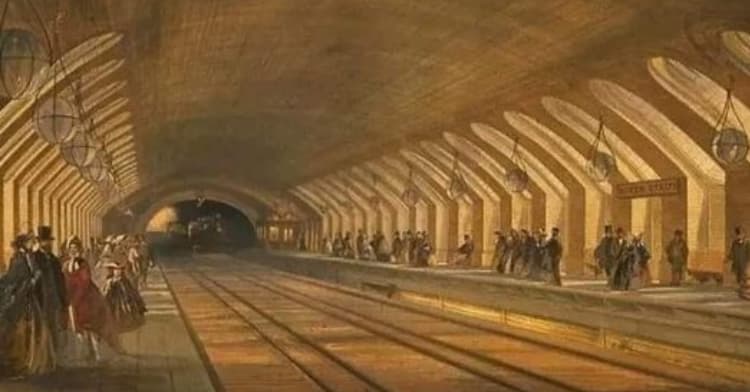The discovery of the marriage bed of Henry VII and Elizabeth of York in a Chester car park in 2015 marked a significant moment in English historical preservation. Dating back to around 1450, this 500-year-old four-poster bed is believed to be England’s sole surviving medieval royal state bed, with an estimated value of £20 million.
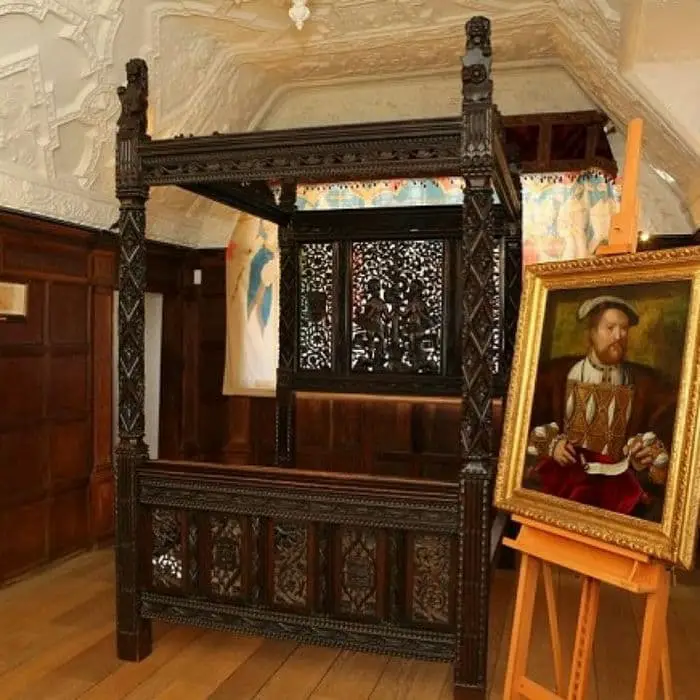
The bed’s remarkable journey began when the Redland House Hotel in Chester underwent redevelopment in 2010, placing the historic bed at risk of disposal. However, its fate changed when an eagle-eyed antique dealer spotted it and arranged its sale at auction. Purchased for a mere £2,200 by Ian Coulson, an antique bed restorer, the bed underwent thorough examination, revealing its age and craftsmanship.
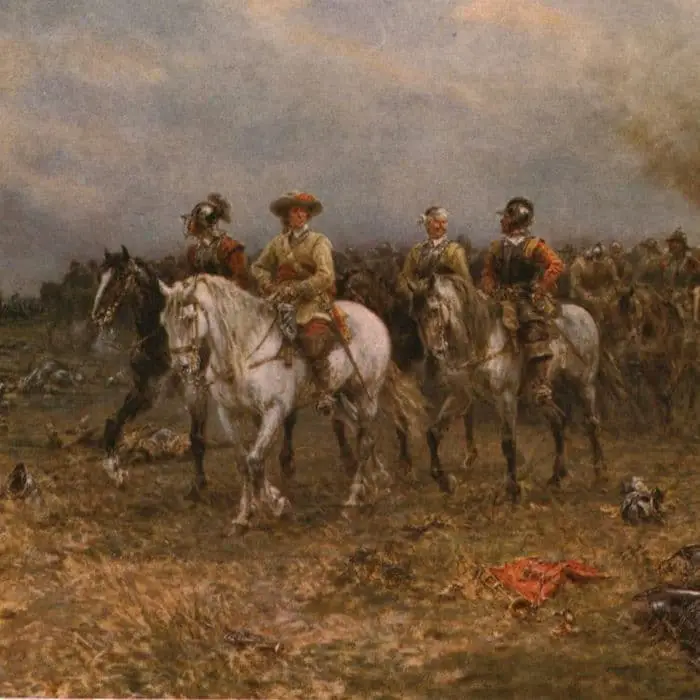
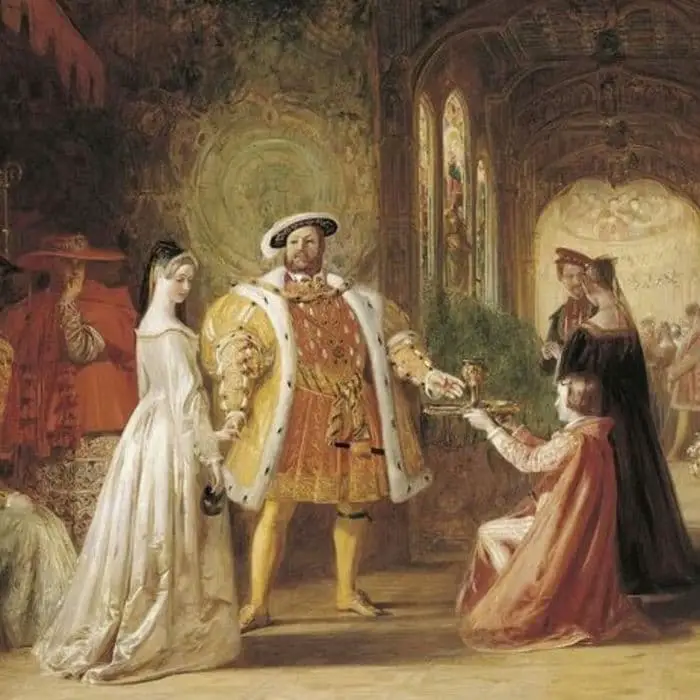
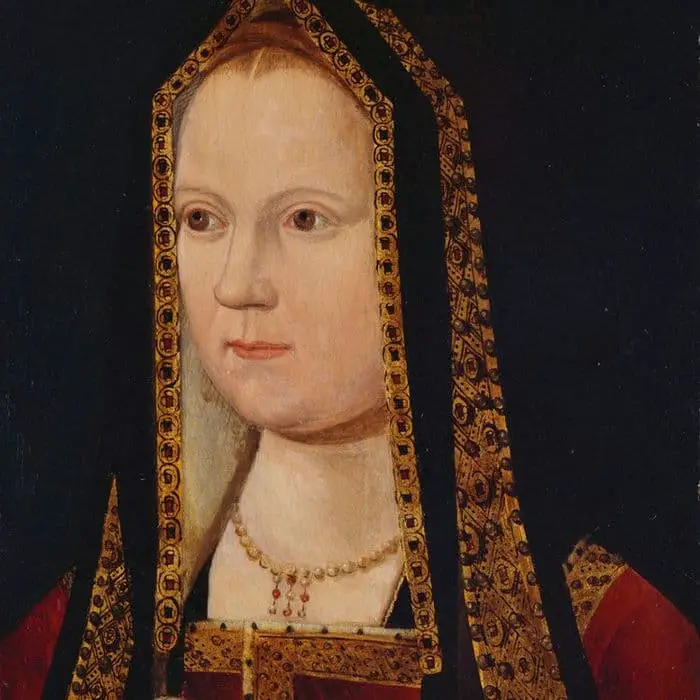
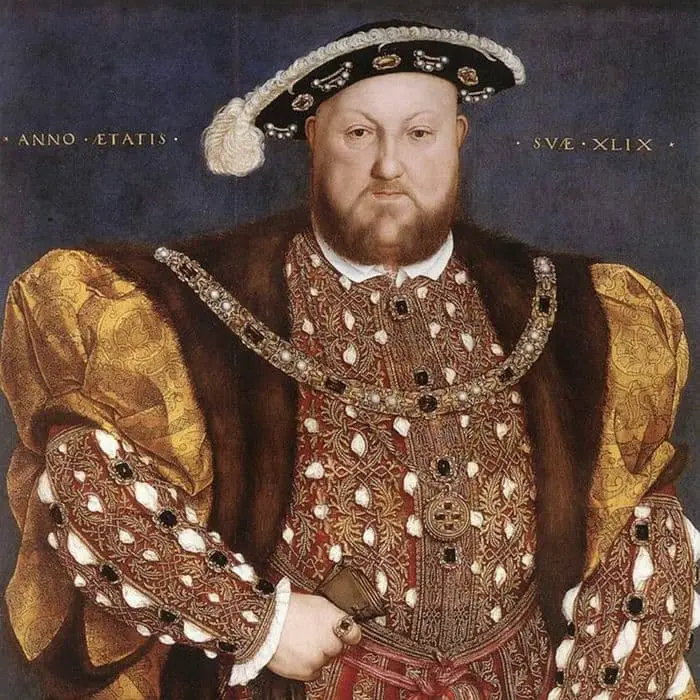

Through DNA tests and detailed analysis, researchers confirmed that the bed was indeed crafted for the marriage of Henry VII and Elizabeth of York in 1486. Constructed from wood sourced from a single continental European oak tree, the bed’s intricate carvings and medieval construction techniques provided further evidence of its Tudor origins.
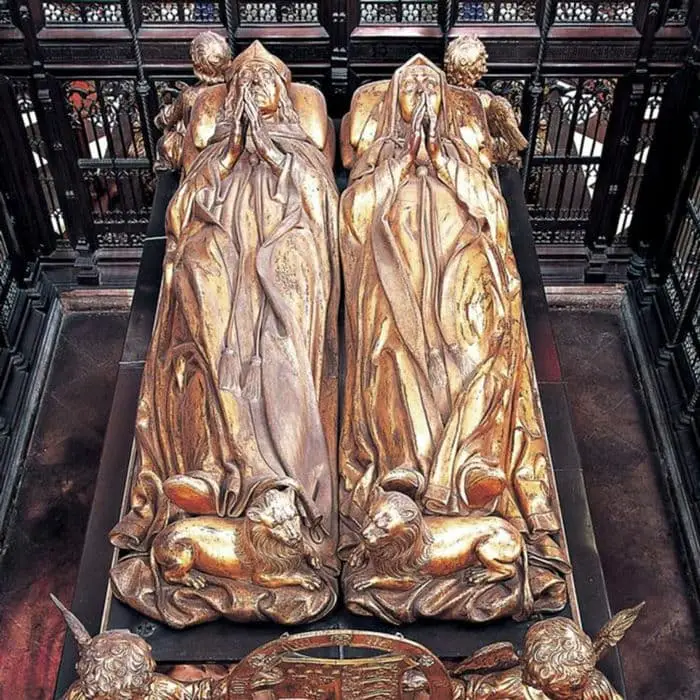
Described as “one of the most significant artefacts of early Tudor history,” the bed’s depiction of Adam and Eve, symbolizing the king and queen, along with motifs of fertility, earned it the name “The Paradise State Bed.” Its design, featuring the White Rose of York and the Red Rose of Lancaster, reflected the union of the warring houses of Lancaster and York, symbolizing the end of the Wars of the Roses.
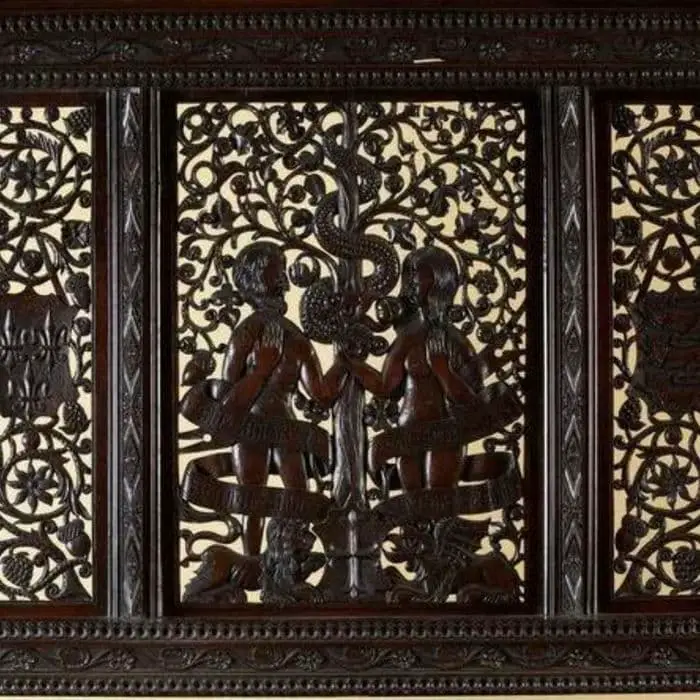
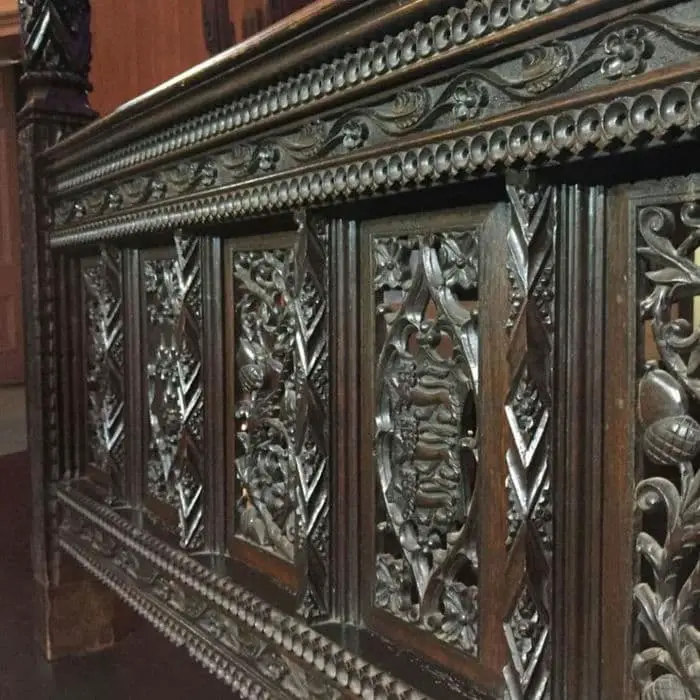
The bed’s historical significance was showcased at a symposium at the Victoria & Albert Museum in 2019, where experts hailed it as a “spectacularly carved” relic. While Henry VII and Elizabeth of York’s marriage was primarily a political alliance, their partnership contributed to England’s stability and the establishment of the Tudor dynasty, shaping the course of English history for centuries to come.

